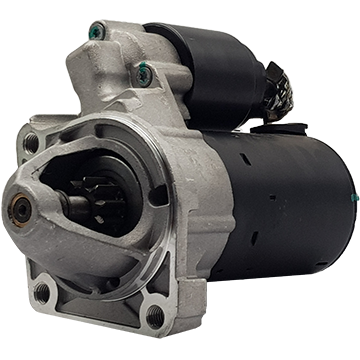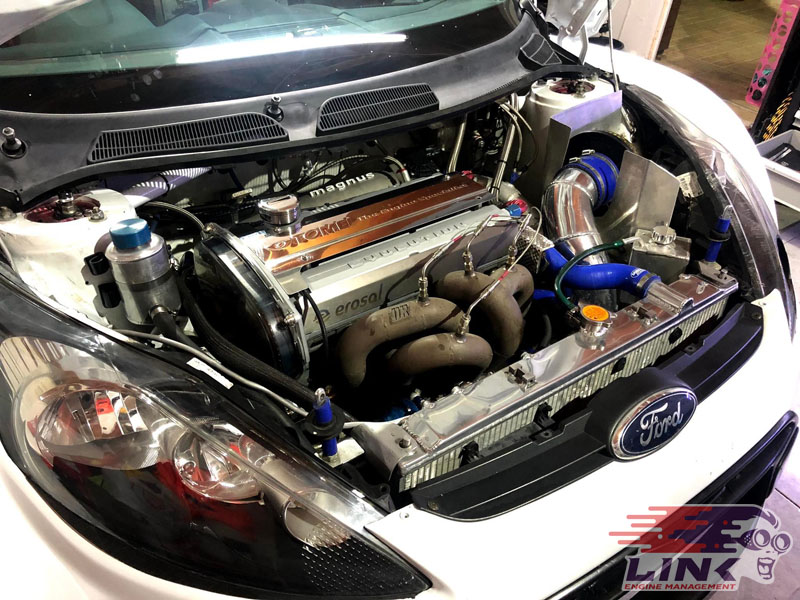Top Ford Fiesta Engine Repairs to Avoid Costly Damage
Top Ford Fiesta Engine Repairs to Avoid Costly Damage
Blog Article
The Future of Engines: Technologies Driving Lasting Power Solutions
As the automobile market browses the crucial change towards sustainability, the future of engines is significantly specified by groundbreaking innovations. Electric engine developments, along with encouraging advancements in hydrogen fuel cells and biofuels, are improving the landscape of power remedies.
Electric Engine Advancement
The development of electric engine advancements represents an essential change in the aerospace and automobile sectors, driven by the immediate requirement for sustainable alternatives to fossil gas. This shift is characterized by considerable developments in battery technology, power electronic devices, and electrical motor layout, which collectively improve the effectiveness and efficiency of electric engines.
Recent advancements have actually resulted in the creation of lighter, a lot more energy-dense batteries, such as lithium-silicon and solid-state batteries, which assure longer varieties and shorter billing times. Additionally, improvements in electric motor performance, such as the use of irreversible magnets and advanced cooling down systems, enable electrical engines to run properly under differing problems. These enhancements not just enhance car efficiency but likewise add to a reduction in general energy consumption.
Moreover, the integration of advanced software application formulas has actually maximized energy management in electrical automobiles, enabling for regenerative braking and predictive billing strategies. As suppliers increasingly accept electric propulsion, the auto and aerospace markets are seeing a paradigm shift towards greener technologies. This development not just meets governing demands yet additionally aligns with consumer preferences for eco-friendly transport services, strengthening electric engines as a foundation of future lasting mobility.
Developments in Biofuels
As the aerospace and auto markets increasingly prioritize lasting power sources, advancements in biofuels arise as a complementary remedy to electric engines. Biofuels, obtained from organic products such as crops, waste, and algae, provide a cutting-edge method for reducing greenhouse gas exhausts and dependence on nonrenewable fuel sources.
Recent research has actually concentrated on improving the performance and sustainability of biofuel production. Second-generation biofuels make use of non-food feedstocks, minimizing competition with food supply and reducing environmental impact. Advancements in synthetic biology have allowed the engineering of microorganisms to create biofuels much more successfully, leading to higher yields and reduced manufacturing expenses.
In addition, the advancement of drop-in biofuels permits seamless integration into existing framework, allowing a smoother transition for sectors traditionally depending on nonrenewable fuel sources. ford fiesta engine. These fuels can be used in present engines without alterations, facilitating their fostering throughout various sectors
Investments in biofuel innovation, along with helpful policies, are vital to drive innovation and scalability. As the worldwide area looks for to fight climate change, biofuels supply a pragmatic, instant remedy that aligns with the overarching objective of sustainability in transportation and air travel.
Hydrogen Gas Cell Innovation
A growing variety of scientists and companies are discovering hydrogen fuel cell technology as a viable alternative to traditional power sources in transport and power systems. This technology converts chemical energy from hydrogen into electricity through an electrochemical response, with water as the only result, making it an environmentally friendly choice.
The core of hydrogen fuel cells is the gas cell pile, where hydrogen molecules are divided right into electrons and protons. The flow of electrons produces electrical power, while protons relocate via a membrane layer to combine with oxygen from the air, forming water. This procedure causes high efficiency and low emissions, positioning hydrogen fuel cells as an important player in the change to lasting energy.
Significant advancements have been made in boosting the toughness and efficiency of gas cells, along with reducing prices through ingenious production strategies. Furthermore, the development of hydrogen production techniques, such as electrolysis powered by renewable resource sources, boosts the sustainability of the overall system. As framework for hydrogen refueling expands and manufacturing techniques end up being much more effective, hydrogen fuel cell modern technology holds terrific pledge for decarbonizing different fields, consisting of heavy-duty transportation and fixed power generation.
Crossbreed Solutions and Their Influence
Crossbreed systems stand for a substantial development in sustainable engine technology, combining standard internal burning engines with electric propulsion to maximize power efficiency and lower exhausts (ford fiesta engine). This twin method enables cars to use find more info both source of power, allowing greater adaptability in power consumption and decreasing reliance on nonrenewable fuel sources

In addition to environmental advantages, hybrid systems provide customers a viable change towards fully electric automobiles. They reduce array stress and anxiety by incorporating the convenience of gasoline with the benefits of electric propulsion, making them an attractive alternative for a bigger audience. As suppliers buy hybrid technology, the development of even more sophisticated battery systems and light-weight products remains to boost performance. Generally, crossbreed systems represent a pivotal step in the direction of attaining sustainable transportation and resolving the immediate requirement for ecologically pleasant power options.
The Function of AI in Engine Layout
Leveraging advanced algorithms and artificial intelligence methods, the vehicle sector is significantly integrating fabricated intelligence go to the website (AI) right into engine style procedures. AI boosts the performance and effectiveness of style by assessing large datasets to identify optimal configurations and performance criteria. This ability permits engineers to simulate various operating conditions and anticipate engine habits under multiple scenarios, dramatically reducing the moment and cost connected with standard prototyping approaches.
Additionally, AI helps with the development of innovative products and combustion procedures tailored for sustainability. By maximizing fuel performance and lessening exhausts, AI-driven designs align with worldwide efforts targeted at reducing the carbon impact of automobile engines. Maker learning algorithms can also forecast maintenance useful reference needs, resulting in improved dependability and longevity of engine components.
In Addition, AI contributes in the assimilation of electrification modern technologies, such as crossbreed systems, where it can enhance battery administration and power recuperation procedures. As the sector relocates in the direction of more lasting power solutions, the duty of AI in engine design comes to be increasingly essential, driving technology and enhancing the efficiency of future engines. Eventually, the cooperation in between AI and engine style proclaims a brand-new period of smarter, cleaner, and much more efficient automobile technologies.

Final Thought
In verdict, the future of engines is being formed by a convergence of innovative technologies that focus on sustainability. Electric engine developments, biofuel growths, hydrogen fuel cells, and crossbreed systems jointly add to a substantial decrease in exhausts and environmental impact. In addition, the assimilation of expert system in engine layout boosts performance and efficiency. These transformative options highlight a dedication to producing a cleaner, a lot more lasting automotive landscape, ultimately benefiting both culture and the atmosphere.
Electric engine advancements, alongside appealing growths in hydrogen fuel cells and biofuels, are improving the landscape of power services. Furthermore, renovations in electric motor performance, such as the use of irreversible magnets and progressed cooling down systems, allow electric engines to run effectively under differing problems. By maximizing gas performance and lessening exhausts, AI-driven layouts line up with worldwide initiatives intended at minimizing the carbon footprint of automotive engines. As the sector moves towards even more lasting power options, the role of AI in engine layout ends up being significantly crucial, driving innovation and improving the efficiency of future engines. Electric engine advancements, biofuel growths, hydrogen fuel cells, and crossbreed systems jointly add to a considerable reduction in exhausts and environmental impact.
Report this page